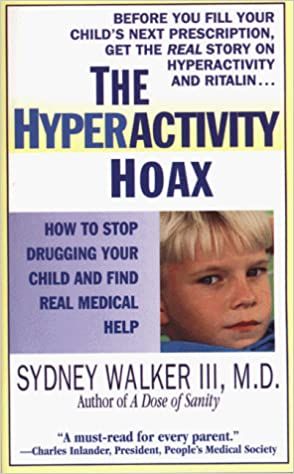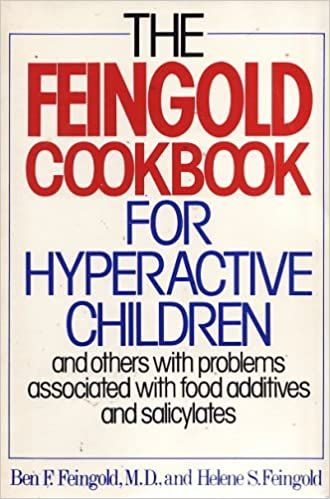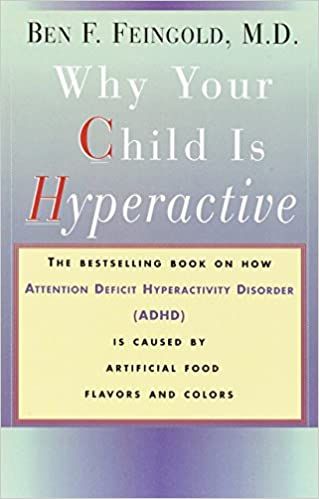The Hyperactivity Hoax : How To Stop Drugging Your Child And Find Real Medical Help
This book is written by neuropsychiatrist Dr. Sydney Walker, who is willing and determined to find the root of hyperactive behavior in children, instead of rushing to place psychiatric labels on them. With the rampant diagnoses of children with ADD, ADHD and hyperactivity, Dr. Walker examines what these labels mean, and whether the prescribed treatment of stimulants such as Ritalin is working.
In Dr. Walker’s private practice, he often discovered that a child that had been labeled as ADD or ADHD was misdiagnosed and in fact had displayed the hyperactive symptoms because of an underlying medical illness such as diabetes, food poisoning or allergies. In The Hyperactivity Hoax : How To Stop Drugging Your Child And Find Real Medical Help, Dr. Walker helps parents find safe and effective treatments for their child’s symptoms without prescribing them psychotropic drugs that are likely to be unnecessary and potentially cause other long-term issues for the child due to their side effects. The book also offers some entertainment with how candidly Dr. Walker calls out the psychiatric field and DSM-IV.
Dr. Walker offers valuable advice in this book for parents regarding how to determine if your child needs medical attention, how to find the medical help you need, alternative treatments for their child’s behavioral issues, how to stand your ground when dealing with doctors and school officials, and how to provide better overall care for your child.
About the Author
Sydney Walker III, M.D., is a board-certified neuropsychiatrist, Director of the Southern California Neuropsychiatric Institute, and founder of Behavioral Neurology International. His other books include Help for the Hyperactive Child, Psychiatric Signs and Symptoms Due to Medical Problems, and A Dose of Sanity.
Reviews
Marilyn Chase, The Wall Street Journal:
“His mission is to embolden families to say ‘no’ to the Ritalin fad.”
Bernard Rimland, Ph.D., Director, Autism Research Institute:
“Dr. Walker’s book is must reading for parents who want real solutions for their children–not just ‘wastebasket’ labels such as hyperactivity and ADD. I recommend it highly to parents–and their doctors.”
Publisher’s Weekly:
“Walker, director of the Southern California Neuropsychiatric Institute, makes a dramatic case against the widespread use of the drug Ritalin to treat hyperactive children, [pointing] a finger at hurried doctors who treat symptoms without identifying underlying causes.”
Charles Inlander, President, People’s Medical Society
“Finally someone breaks the myth about hyperactivity….Not only does it clearly show that hyperactivity is a professional excuse for medical incompetence, but it gives parents a real action plan for helping their children. It’s about time an esteemed physician spoke out. Bravo, Sydney Walker.”




